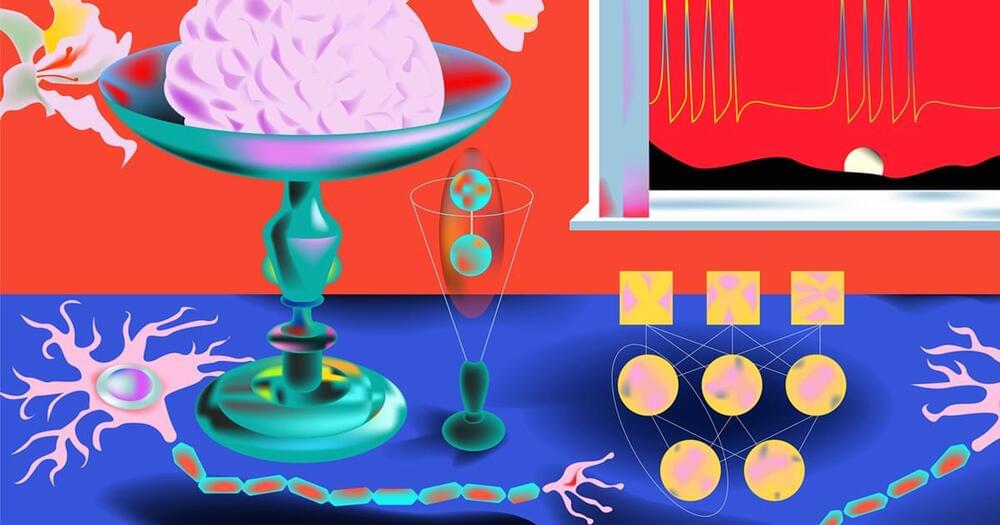Every time a human or machine learns how to get better at a task, a trail of evidence is left behind. A sequence of physical changes — to cells in a brain or to numerical values in an algorithm — underlie the improved performance. But how the system figures out exactly what changes to make is no small feat. It’s called the credit assignment problem, in which a brain or artificial intelligence system must pinpoint which pieces in its pipeline are responsible for errors and then make the necessary changes. Put more simply: It’s a blame game to find who’s at fault.
AI engineers solved the credit assignment problem for machines with a powerful algorithm called backpropagation, popularized in 1986 with the work of Geoffrey Hinton, David Rumelhart and Ronald Williams. It’s now the workhorse that powers learning in the most successful AI systems, known as deep neural networks, which have hidden layers of artificial “neurons” between their input and output layers. And now, in a paper published in Nature Neuroscience in May, scientists may finally have found an equivalent for living brains that could work in real time.
A team of researchers led by Richard Naud of the University of Ottawa and Blake Richards of McGill University and the Mila AI Institute in Quebec revealed a new model of the brain’s learning algorithm that can mimic the backpropagation process. It appears so realistic that experimental neuroscientists have taken notice and are now interested in studying real neurons to find out whether the brain is actually doing it.









Comments are closed.